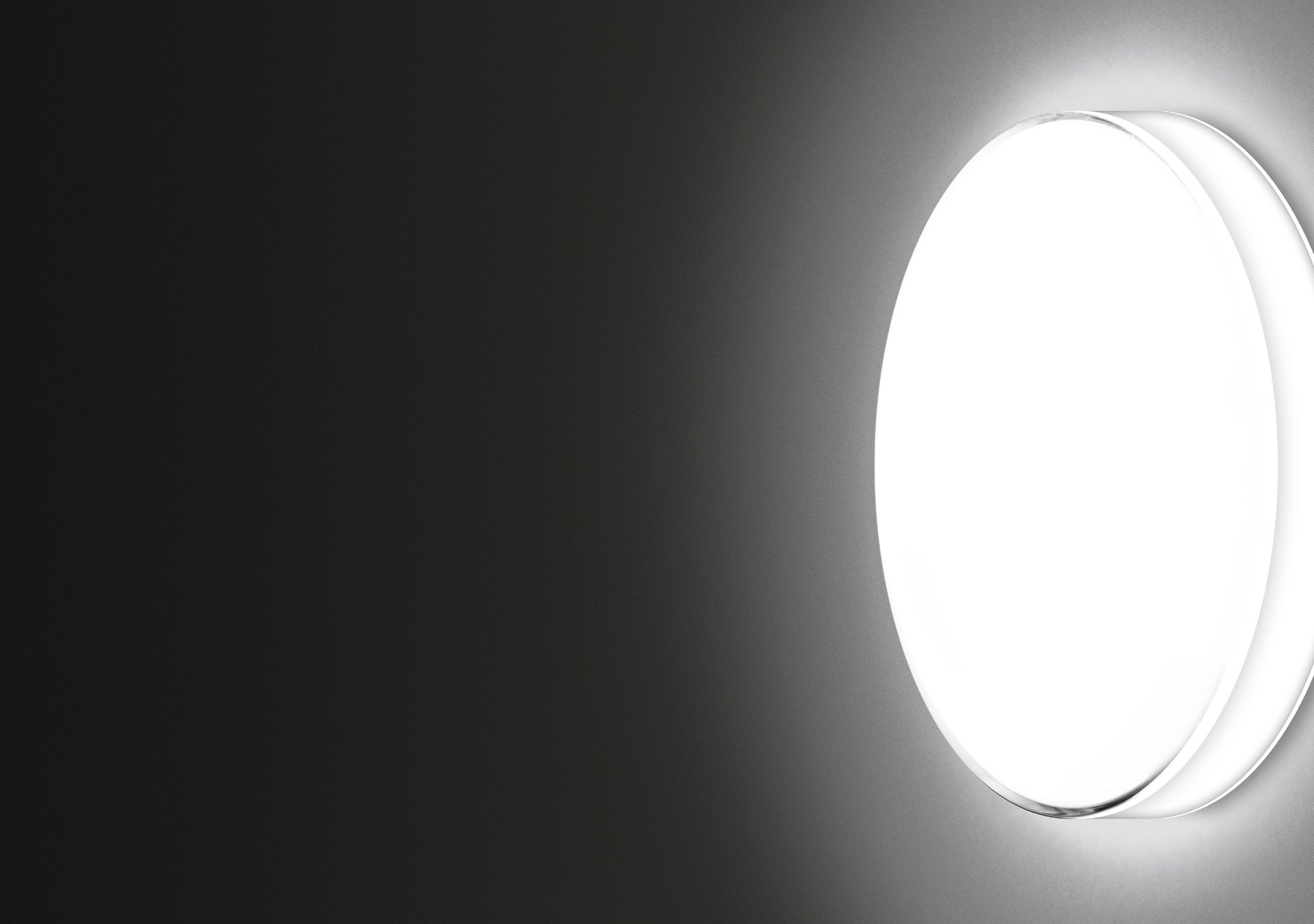Glass is our passion
Sand – nature provides us with it in inexhaustible abundance. Glass is molten sand. Pure and natural, it can be returned to nature in its entirety or also recycled as often as desired. We do not know exactly when glass was first made. The earliest finds date back to 7000 BC. We only know that the oldest production of glass was closely connected with pottery. It is a chance product that was created due to the heat in the kilns being too intense, causing the limey sand and soda to combine as a coloured glaze on the ceramics. It was not until 1500 BC that glass could be produced independently of the ceramic base.
The hardness, durability and colour of glass have inspired the creative spirit of man like no other material. No other material has been as closely linked to our culture as long as glass. Pure and timeless, durable and beautiful, glass has accompanied man through the ages since time immemorial, and has decisively enriched his life.

Molten glass
In our glassworks in Limburg an der Lahn, we have mastered the art of creating high-quality glass from sand and various aggregates. Our melting furnaces reach temperatures of more than 1500 °C. Due to the aggressiveness of the glass, our melting tanks last some three to five years. and are then replaced.
The raw materials react during the melting process and decompose into a molten substance which is almost completely mixed and degassed. The glass, liquid like honey, flows through a bottom channel, the throat, from the melting furnace into the working end, where it cools down to about 1200 °C and becomes viscous. Now the glassmakers can begin their work.
Glass shaping
Square or asymmetrical shapes require extremely high precision when the glass is withdrawn. Once removed, the glass post is blocked again in a much larger wet shaping block, evened out and "adjusted" accordingly until it has reached its final shape. This is the moment where skilful craftsmanship and maximum concentration are vital, since this process has to be completed in just a few seconds. The hot, still malleable glass is placed in the iron mould, the mould is closed and locked by the mould holder. The glassmaker simultaneously blows out the glass with his own breath or with compressed air. When the glass then touches the walls of the cast iron mould, it cools down very quickly to about 600°C and solidifies.
The mould is unbolted and the glass removed while it is still attached to the blowing iron. In order to separate the glass from the blowing iron, a few drops of water are trickled onto the glass/metal joint using a wooden stick. The water quenches the hot glass at the drip point with a powerful hiss. Small cracks suddenly appear on the glass surface. These are sufficient to separate the glass accurately from the blowing iron in this area with one gentle tap. This concludes the manufacturing and forming process of the raw glass.




Three-ply opal glass
A speciality of our glassworks is three-ply cased opal glass. The first stage in the production of this valuable glass involves removing the hot viscous glass from the crystal glass furnace. The glassmaker accurately plunges a blowing iron about 2-3 cm into the glass bath. and at the same time uses turning movements to wind a specific quantity of the viscous glass around the nose of the blowing iron. The blowing iron is withdrawn from the glass bath, separating the first glass post from the glass bath.
This somewhat shapeless glass mass is smoothed out around the axis of the blowing iron by turning and simultaneously pressing down with rotationally symmetrical movements on a roller plate to ensure that no uneven wall thicknesses are created during subsequent processing. To blow this massive tough glass mass into a post, some air is pressed into the blowing iron and the glassmaker seals the end of the iron immediately with their thumb. As the air gets warmer, it expands but cannot escape and presses into the soft plastic glass. By gently blowing in more air, the glassmaker causes the glass blank to expand so that the thickness of the glass wall decreases, cools rapidly to around 600°C and solidifies. During the cooling phase, the blowing iron with its attached glass post is carried by the post carrier to the adjacent opal glass tank. Here the “caser” takes over the blowing iron with the post. He very skilfully plunges the blowing iron with the post a few centimetres into the opal glass again.
With constant rotations, he “winds” the opal glass around the crystal glass post and ensures that the glass is uniformly distributed. Rotating the glass at ever-increasing speed, they withdraw the blowing iron from the glass bath, tearing off the glass filament at the same time, and block the cased post in a wet wooden shaping block to form a uniformly round shape. During this work step, the glass passes through a temperature range of 840°C and emerges white in colour. Carefully turning the blowing iron, the post carrier carries it back with the glass to the crystal glass furnace.
After a brief cooling period, he can hand over the “semi-finished glass piece” to the glassmaker, who now has to take the final amount of glass, which in turn depends on the required shape of the glass, from the tank. This amounts to 2-15 kg of glass, depending on its size and shape. Careful attention must be paid to the specified weight and the distribution of the glass on the post. Too much glass causes problems in wall thickness, too little glass has a detrimental effect on the stability of the glass.